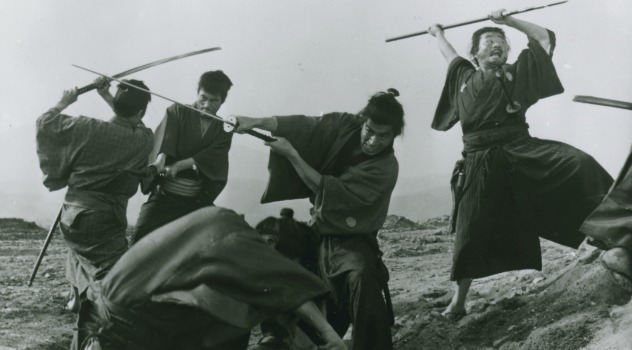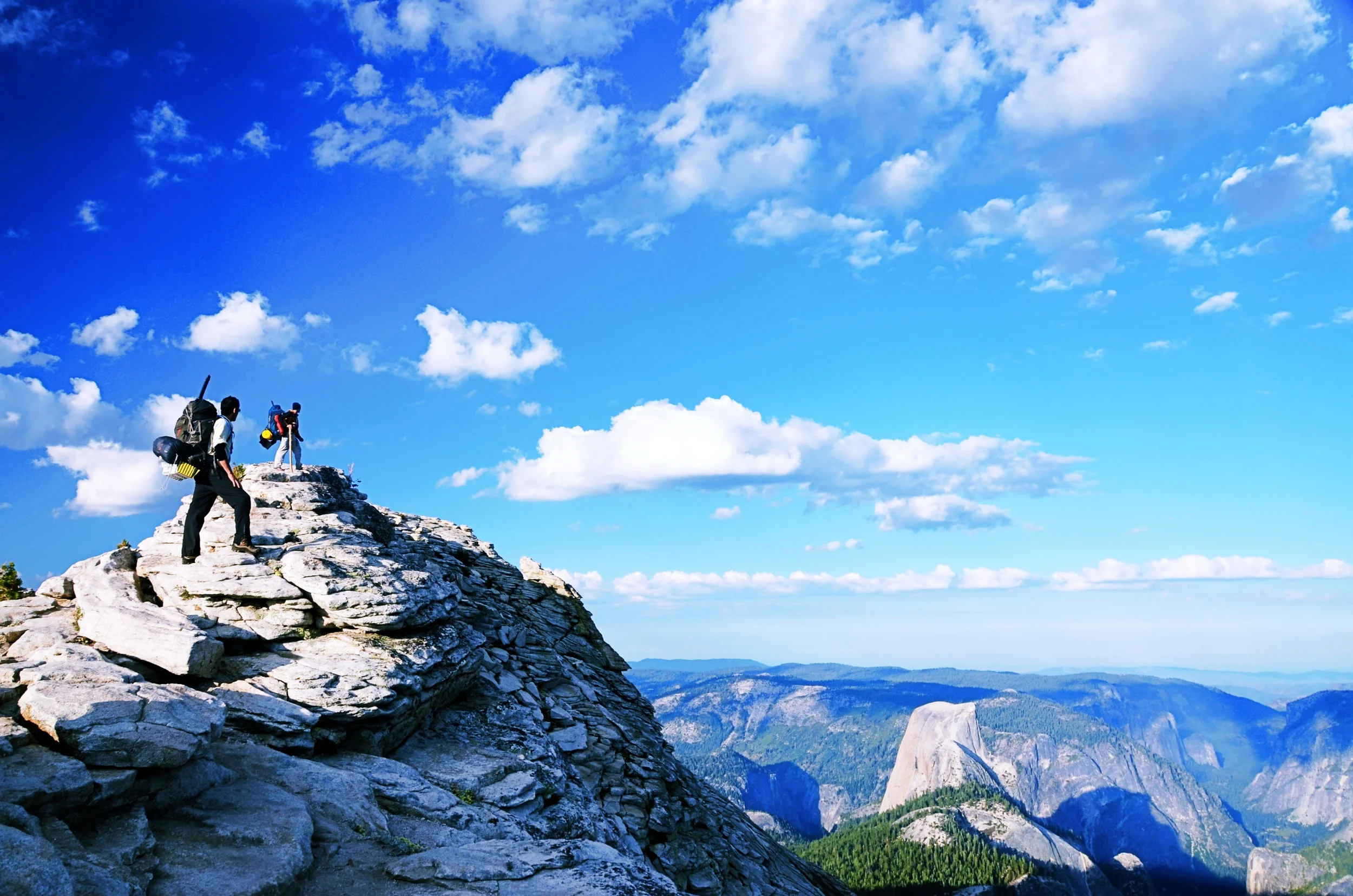
"Soften, soften more" is a mantra I keep repeating in the dojo, and yet almost always the beginner "tries even harder" to soften. The effort to soften is almost always focused on the big muscles and yet the face hardens. The first marker for it is in the narrowing of the eyes.
Some interesting things happen when the eyes narrow and your vision gets "locked in." In many ways you are now unable to really see. Everything tends to move a lot faster around you, and our responses tend to seem a lot slower. I have always equated this with the mind getting locked in or frozen - which is quite the opposite state of flowing. This is referred to as Foveal Vision.
The foveal vision locks us into a task, concentration and thinking mode. It closes of everything else other than what its locked onto. it has its uses, and Martial Arts is not one of them. For example if you are locked into the opponents hand with a knife, you almost certainly will go blind to everything else his limbs will do. This can be a death spell in a fighting situation.
To unfreeze and flow with what is coming, one must learn to really see. In the dojo at Mountain View Aiki Kai, I call this "aiki eyes" or "samurai eyes". To do this one has to learn to move from foveal/narrow vision to peripheral vision. This shift allows you to take more of the world in, and has a dramatic effect. Things begin to slow down in your experience, and you catch a lot more of what is going on.
The process of opening the perception/vision is the fastest way to move from a frozen to flow state. The the key marker here is No-Mind - in other words no locking into a method of thinking/concentration but rather openness to respond.
Peripheral vision is is what a lot of animals do naturally to survive. If you spend any time in nature, you will quickly come to the conclusion, that the only way to relax is to have your eyes everywhere. Tom Brown Jr, the world famous survivalist and author talks about his training in "splatter vision." The term his mentor - Stalking Wolf used in describing the all seeing/peripheral vision. This is one of the key skills taught to survive in the wilderness.
Going a little more left field into the works of Carlos Castaneda he speaks of his training with the Shaman Don Juan "Instead of teaching me to focus my view, as gazers did, he taught me to open it, to flood my awareness by not focusing my sight on anything. I had to sort of feel with my eyes everything in the 180-degree range in front of me, while I kept my eyes unfocused just above the line of the horizon." This process his vision, and was critical to stop the world, a term he used to be in a state of No-Mind or Mushin. This brings me back to Martial Arts
My first experience with this came when I started to train without my glasses. My vision went broad and it was as though I saw better when not looking directly. The next piece came together when studying NLP and learning to adumbrate the client by watching the whole form. Finally while studying Baguazhangs Wind Palm with Bruce Frantzis ( he is nothing short of an enigma in CIMA) he kept telling us to "relax the back of the eyeballs." This started to gel things together.
Things then began to just click and other pieces such as survival training and meditation fell into place. The once unconsious process started to become conscious, and I will share some of the methods of moving towards peripheral vision:-
1) SOFTEN: Soften the eyes consciously, and move your focus to the back of the eyeball where the optic nerve sits. Feel that space and relax
2) TRAIN EYE CONVERGENCE :Do pencil push ups and move our eyes from side to side. (http://www.ehow.com/how_5637940_perform-pencil-pushups.html)
3) LOOK WIDE: Learn to see from the side of the eyes instead of from the middle. Sounds strange to do so in the beginning but try it and once you get a hang of it, its easy. I use this while driving and constantly work on developing the 180 degree view of the road, esp. while riding my motorcycle.
4) FOCUS ON SPACE: Instead of looking at your opponent in the dojo, focus on the space around them, this will rapidly shift your perception
5) CASTANEDA'S METHOD: Whilst walking rest your gaze gently on the horizon point and curl your fingertips, as if you were holding cylinders in each of your hands. Without moving the eyes and gently resting your gaze become aware of what is present in your peripheral vision, above you, beneath you, to your right and to your left. Continue this until such a time as the State deepens and settles."
The key benefits of moving from a foveal vision to peripheral vision are
a) is that your opponents movements appears to slow down, allowing for more time to respond.
b) is a critical step in the process to "stop the world", enter into what the Samurai arts have refereed to as Mushin or No-Mind
c) absolutely invaluable for survival in new areas or environments
d) You will quickly move into a state of extreme relaxation
Playing with the perception of time, and speed are critical attributes to train for a martial artist. Play with the methods described above - share your results, and if you are aware of methods please do share.
As always I remain open to your thoughts, comments and constructive criticism.
Mahipal Lunia Sensei
www.MountainViewAiki.com
www.TheRenaissancePath.com (4 photos)












